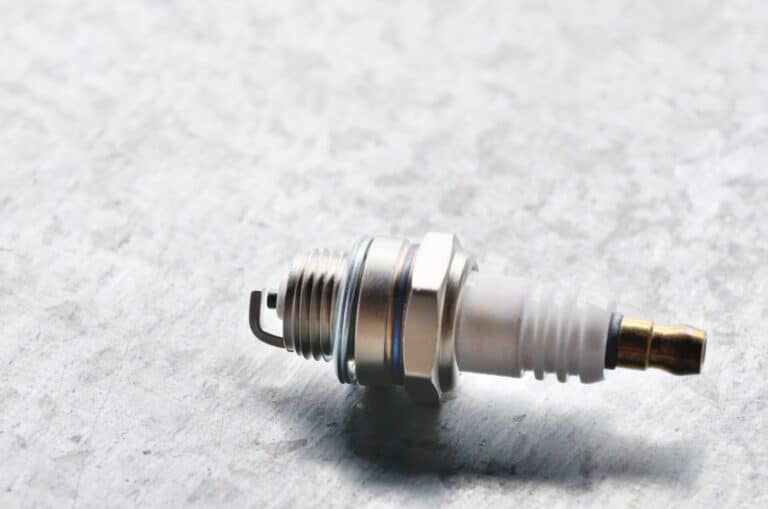Understanding Battery Voltage Drops While Driving
In today’s world, where cars and vehicles have become an essential part of our daily lives, it is crucial to understand the mechanisms that keep them running smoothly. One such critical aspect that often goes unnoticed is the battery voltage drop while driving. This article delves into the possible reasons for such a voltage drop and how to identify and address them effectively.

Why does battery voltage drop?
Battery voltage drops can occur due to various factors, including the vehicle’s age, usage patterns, and external conditions. Some common causes include:
- Faulty Alternator: The alternator is responsible for generating electricity to charge the battery while the engine is running. If it fails to produce adequate power, the battery may experience a voltage drop.
- Poor Connections: Loose or corroded connections between the battery terminals and cables can lead to increased resistance, causing the voltage to drop.
- High Electrical Demand: If there are multiple electrical accessories running simultaneously, the battery may not be able to provide sufficient power, leading to voltage drops.
- Old or Damaged Battery: Over time, batteries deteriorate, losing their capacity to maintain optimal voltage levels.
How to Identify Battery Voltage Drops
To prevent potential problems caused by low battery voltage, it is necessary to identify when a drop occurs. Below are some simple methods that can highlight issues with your car’s battery voltage:
Do you need Northstar Valve Cover Gasket Replacement Info? Check our tips: for Beginners Guide
Using a Multimeter
A multimeter is a versatile tool that can quickly check your car’s battery voltage. To test the voltage using a multimeter, follow these steps:
- Turn off the vehicle and make sure all electrical accessories are also turned off.
- Set the multimeter to measure DC voltage (usually indicated by a V with a straight line).
- Connect the positive (red) probe of the multimeter to the positive battery terminal and the negative (black) probe to the negative battery terminal.
- Check the reading on the multimeter. A healthy battery should have a voltage of around 12.6 volts when the engine is off. If it’s lower than 12 volts, there might be a problem with your battery or charging system.
Monitoring Dashboard Warning Lights
Modern vehicles come equipped with dashboard warning lights that indicate potential issues with the battery or charging system. Pay close attention to the battery light, which should illuminate briefly during startup and turn off once the engine is running. If this light stays on or comes on while driving, it could signify an issue with the battery or alternator.
How to Address Battery Voltage Drops
Once you’ve identified a battery voltage drop, it’s essential to address the underlying causes to ensure the optimal performance of your vehicle. Here are some solutions for common issues:
Inspecting and Replacing the Alternator
If the battery voltage drop is due to a faulty alternator, it may need to be repaired or replaced. Visually inspect the alternator for any damage, loose connections, or worn belts. Additionally, use a multimeter to check the alternator output voltage. With the car running, connect the meter probes to the battery terminals as described earlier. The reading should be between 13.5 and 14.5 volts. If the output voltage is below this range, the alternator may need to be replaced.
Cleaning and Tightening Battery Connections
Regularly inspect your battery connections for signs of corrosion or looseness. Clean any corroded terminals with a wire brush and a mixture of baking soda and water. Ensure that the battery cables are tight and secure on the terminals.
Limiting Electrical Load While Driving
To minimize voltage drops due to high electrical demand, try limiting the number of devices running simultaneously while driving. For example, avoid using the air conditioning, headlights, and radio at the same time if you’re experiencing voltage drops.
Replacing an Old or Damaged Battery
If your battery is old or damaged, it may no longer be able to hold sufficient charge, resulting in voltage drops. In such cases, replacing the battery is often the best solution. Keep in mind that car batteries typically have a lifespan of around 3-5 years, although this can vary depending on usage and maintenance habits.
Did you need engine oil for 6.7 Cummins? Check our tips: 8 The Best Oil for 6.7 Cummins
Maintaining Optimal Battery Performance
Proper maintenance and care can significantly improve the performance and lifespan of your car’s battery. Some tips for maintaining optimal battery performance include:
- Regularly inspecting and cleaning battery terminals
- Keeping the battery securely fastened
- Limiting short trips, which don’t provide enough time for the battery to recharge fully
- Turn off all electrical accessories when not in use
- Performing regular vehicle maintenance checks, including the charging system
By understanding the causes of battery voltage drops and knowing how to identify and address them, you can ensure that your vehicle stays in top shape. Regular maintenance and care not only prolong the life of your car’s battery but also contribute to a smoother, more efficient driving experience.






